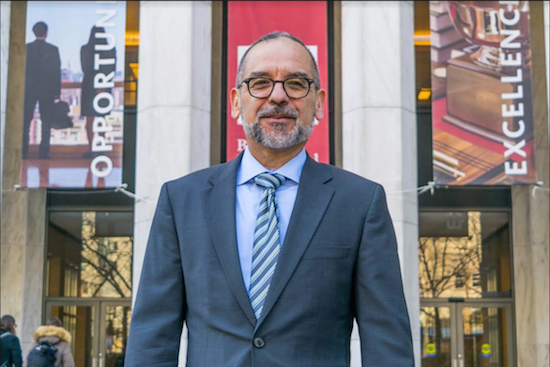So what is an executive order, anyway?

“Today, President Trump issued an executive order ….”
Since taking office last month, President Donald Trump has made a good amount of news by issuing executive orders. His Muslim travel ban order has, of course, generated enormous national attention. He has also issued an important executive order regarding the work done by federal regulatory agencies, such as the Environmental Protection Agency and the Securities and Exchange Commission. Given the president’s penchant for solo action, we can expect to see his administration largely defined by such orders. If the last month is any guide, many of them will likely be controversial. Thus, a little investigation of their foundation and effect is in order.
First, terminology. There’s nothing special about the term “executive order.” The Constitution doesn’t mention it; instead, the first recorded use of the term dates from the Lincoln administration. Indeed, the Constitution makes no explicit provision at all for edicts or directives or orders emanating from the office of the president. But it’s common sense that the president would in fact issue such edicts: after all, as an executive (the chief executive), one would expect him to exert his will through an instrument like an order. Over the course of American history, presidents have given various labels to such edicts, including “proclamations,” “homeland security presidential directives” and “presidential announcements.” While presidents still use many of these other labels, “executive order” has become the favored vehicle for many important presidential edicts.

Brooklyn Heights
View MoreRead the Brooklyn Height's Press and Cobble Hill News. Find out more about Brooklyn Height's History here.